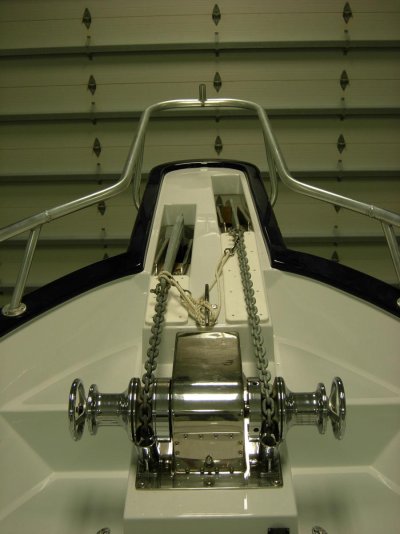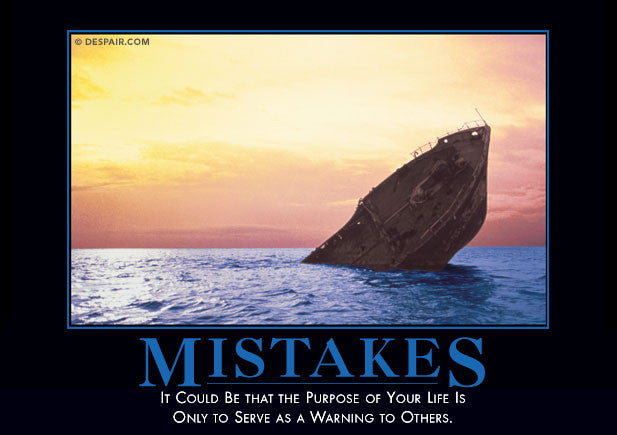Bigsfish
Guru
- Joined
- Aug 29, 2016
- Messages
- 2,987
- Location
- USA
- Vessel Name
- Gotcha
- Vessel Make
- Grand Banks. Heritage. 54
Steve
There is always the case of losing an anchor due to various reason such as a shackle breaking or line parting due to chafe or what happened to me in the Bakamas once. I was anchored in about 20 feet of water at night and a Bahamian fishing boat came too close to me and picked up my anchor rode, it drug me about 100 yards and then my line parted. The part I drug back in was black from tar recently put on the fishing boats bottom. I never found my Anchor and just assume the fishing boat wrapped it on his prop and kept going. I was glad I had my insurance Anchor on that trip.
There is always the case of losing an anchor due to various reason such as a shackle breaking or line parting due to chafe or what happened to me in the Bakamas once. I was anchored in about 20 feet of water at night and a Bahamian fishing boat came too close to me and picked up my anchor rode, it drug me about 100 yards and then my line parted. The part I drug back in was black from tar recently put on the fishing boats bottom. I never found my Anchor and just assume the fishing boat wrapped it on his prop and kept going. I was glad I had my insurance Anchor on that trip.






